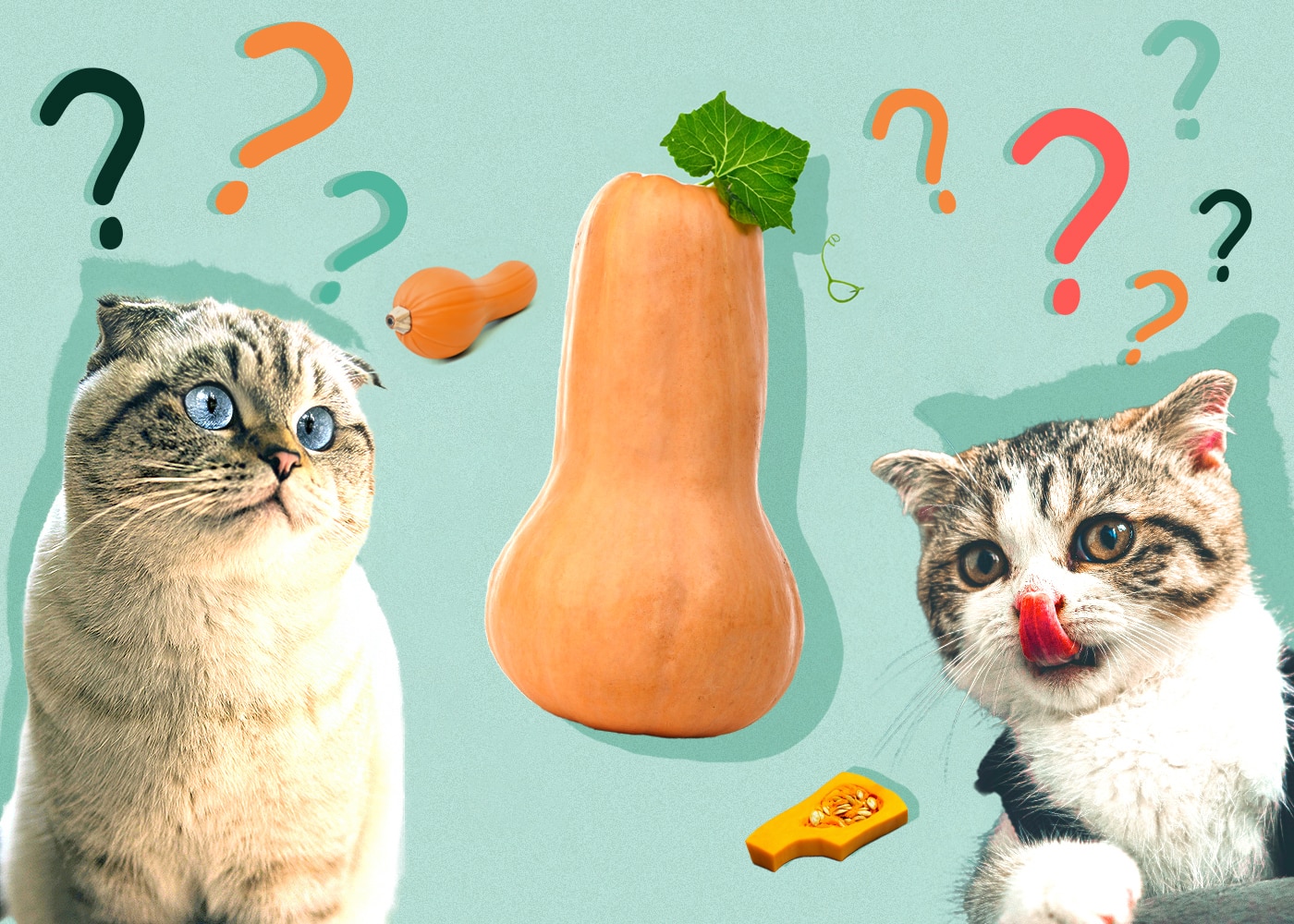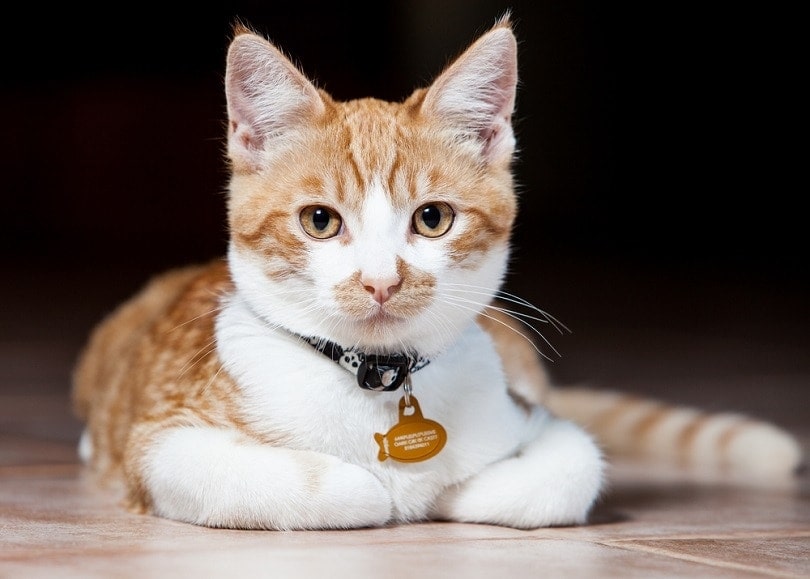Why Are Cats So Flexible? Based on Science

Updated on
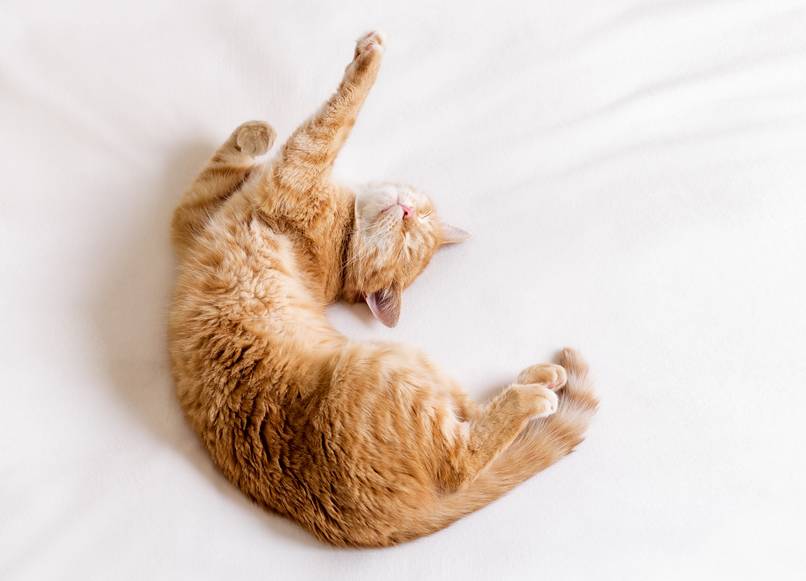
If you watch a cat for any amount of time, it won’t take you long to realize just how flexible they are. They can twist and contort in ways other animals can only dream of, and it doesn’t seem to faze them one bit.
But why and how are cats so flexible? Well, a lot of it comes down to their basic biology. Cats have a unique structure that allows them to twist and bend the way they do, and we’ll break down everything you need to know about it here.
Why Are Cats So Flexible?
Cats are twisty and bendy for sure, and it really comes down to a few physical characteristics they have. We’ve highlighted three of their most signature physical traits that allow them to move in some of the most unique and flexible ways.
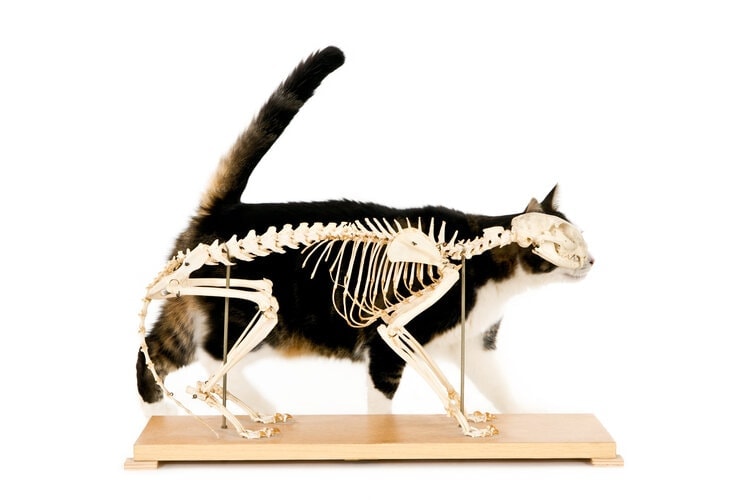
Spine
When you’re looking at how a cat is so flexible, it all starts with the spine. A cat’s spine has elastic cushioning discs between each of their vertebrates, and this cushioning allows them to turn 180 degrees in either direction.1
In short, they can turn completely around to see what’s behind them even when their rear paws are facing forward! Not only do these cushioning discs allow them to remain extremely flexible, but they have flexible muscles along the spine that allow them to completely make use of this ability.
Shoulders
While a human’s shoulders directly attach the upper arm to the rest of the body, a cat’s shoulders don’t form any physical connection between their legs and body.2 Instead, a cat’s shoulders connect to their legs through muscle alone.
This gives them more power and they can open their running stride up a bit more. It also gives them a “looser” shoulder blade that lets them navigate into extremely tight and small spaces.
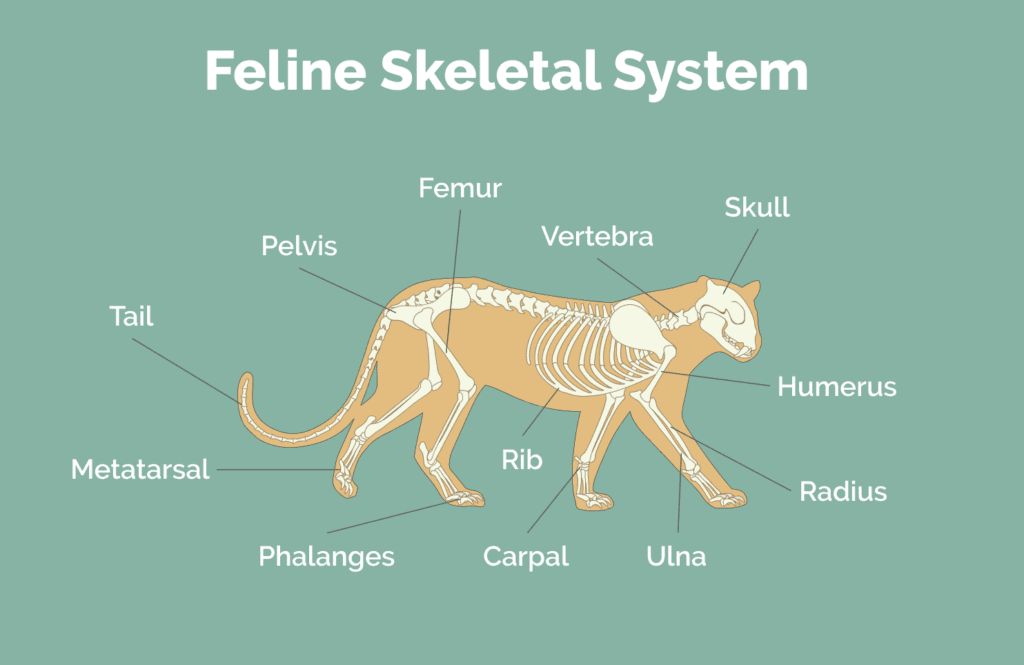
No Nuchal Ligament
The nuchal ligament isn’t something too many people know about, let alone think about, on a daily basis. The nuchal ligament is a tough piece of tissue that supports the head and neck of dogs, humans, and various other species.
This ligament provides support over longer periods, but the cat doesn’t have this ligament. While this means they can’t sustain longer periods of activity, it gives them an advantage in sprints and other short activities.
Not only that, but without the thick and tough ligaments around the neck, a cat’s head is more agile and flexible compared to many other species.
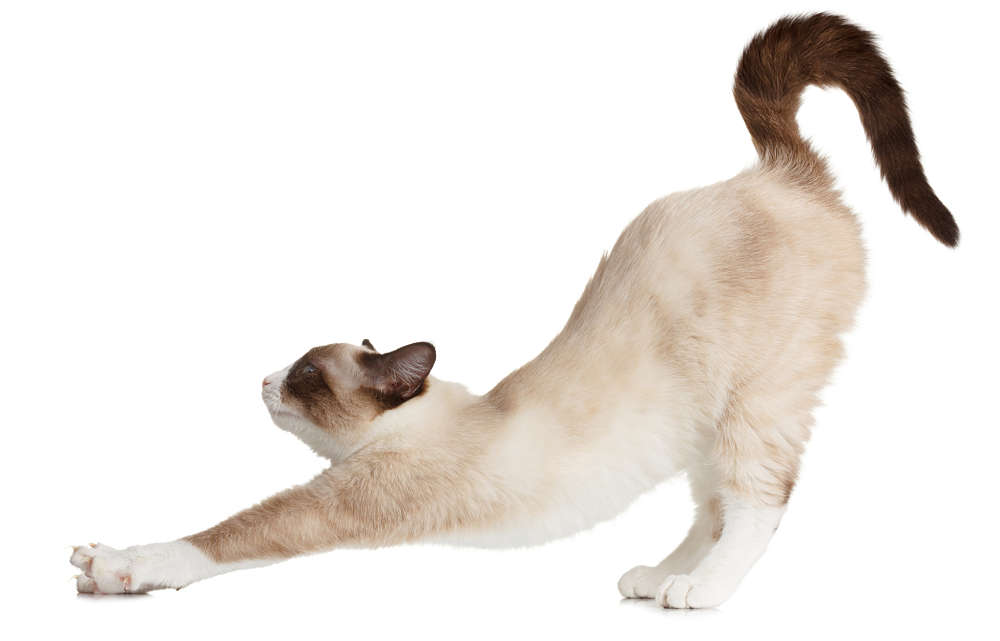
Why Do Cats Need to Be So Flexible?
Cats are incredibly flexible, and this flexibility serves multiple purposes in the wild. First, it’s extremely useful when they’re hunting. Cats are natural predators, and their added flexibility allows them to pounce, stalk, and hunt with ease.
Moreover, cats can reach a top speed of about 30 miles per hour, and this is in large part because of the flexibility in their spine.
Another natural advantage of their flexibility is the ability to get into tight spaces. This is a natural advantage while hunting, but it’s also an advantage when they’re looking to avoid larger predators.
Finally, a cat’s natural flexibility allows them to be more successful when airborne. This helps them when pouncing and navigating the world through the air, a cat’s flexibility is critical.
Final Thoughts
Cats are bendy and twisty, and just a few hours of watching them move around will have you watching them move in some interesting ways. Now that you know a little bit more about how they do it, you can appreciate the reasoning behind each twist and turn they make.
They’re pretty impressive, and flexible, creatures, and it serves them well in a ton of unique ways!
- See also: Are Cats Ticklish? Signs, Facts, & FAQ
Featured Image Credit: Olga Smolyak, Shutterstock

